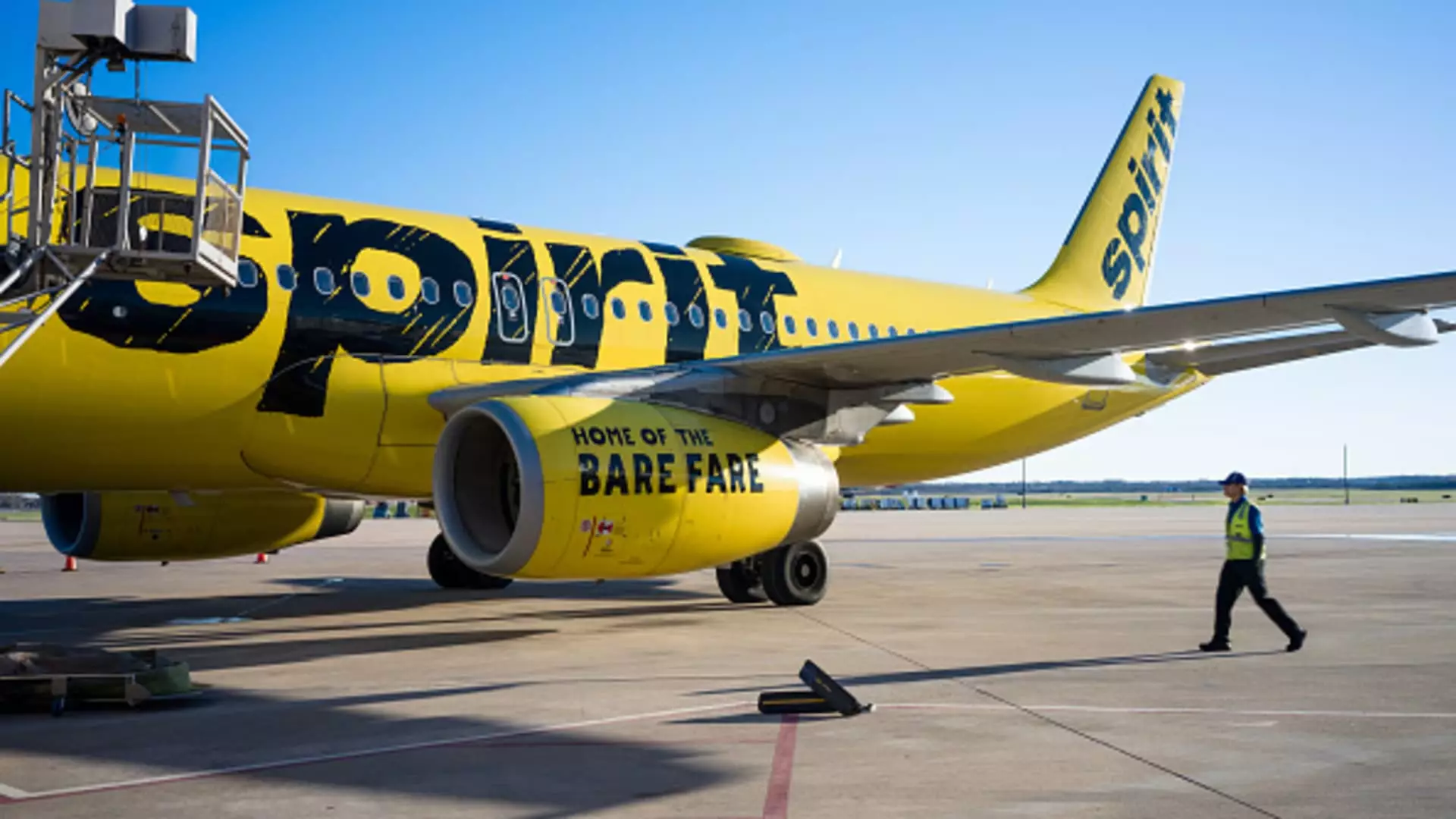On Friday, Spirit Airlines announced a last-minute agreement with its credit card processor, allowing for an extension of its debt refinancing timeline until December. This development came just hours before the original deadline was set to expire. In a filing made late Friday, the airline disclosed that it had fully drawn down its $300 million revolving credit facility earlier in the week, setting expectations to end the year with slightly over $1 billion in liquidity. This strategic maneuver indicates an attempt by Spirit to stabilize its financial footing amid ongoing market challenges and internal pressures.
Ongoing Negotiations with Note Holders
In its communication, Spirit emphasized that it is engaged in “active and constructive discussions” with holders of its senior secured notes due in 2025 and convertible senior notes due in 2026. This acknowledgment of negotiations showcases the airline’s commitment to addressing its financial obligations proactively. The initial deadline for refinancing was set for September but had already seen multiple extensions, with the latest delay indicating a critical juncture for the airline’s fiscal strategy.
Decline in Stock Performance
Despite these efforts, Spirit’s stock price reflected growing investor concerns. The stock closed at an alarming new low on Friday, down approximately 3%, trading below $1.50 per share. This significant drop in value is emblematic of the broader turbulence that the airline has experienced, underscored by a staggering 90% decrease in share value throughout the year, coupled with a nearly 40% decline in October alone. Such performance raises critical questions about investor confidence and the company’s long-term viability.
To mitigate financial strain, Spirit has implemented a series of severe cost-cutting measures over the past year. These include furloughing employees, significantly slashing flight schedules, and deferring aircraft deliveries. The precarious situation has been exacerbated by a Pratt & Whitney engine recall, which has grounded many of Spirit’s aircraft, further limiting its operational capacity. Such actions are symptomatic of a desperate bid for survival in a fiercely competitive and financially precarious sector.
Spirit’s struggles are compounded by recent setbacks, including the collapse of its proposed acquisition by JetBlue Airways, which was thwarted by a federal judge citing antitrust concerns. This disruption has added yet another layer of uncertainty for the airline as it navigates its existing challenges. Furthermore, speculation about a potential bankruptcy filing has emerged, as reported by The Wall Street Journal earlier this month, highlighting a turning point that could reshape the airline’s trajectory, membership in the competitive aviation market, and operational model.
While Spirit Airlines is attempting to secure its financial future through refinancing and operational adjustments, the combination of a plummeting stock price, ongoing negotiations, and impending operational challenges paints a complex and troubling picture. The coming months will be crucial in determining the airline’s fate as it strives to navigate through these turbulent times.


Leave a Reply